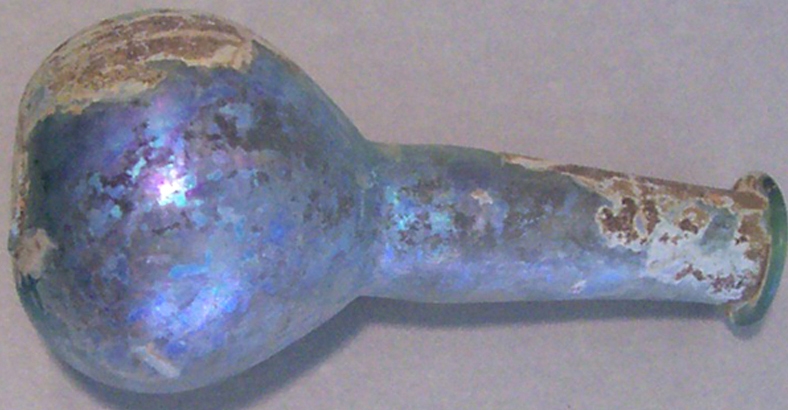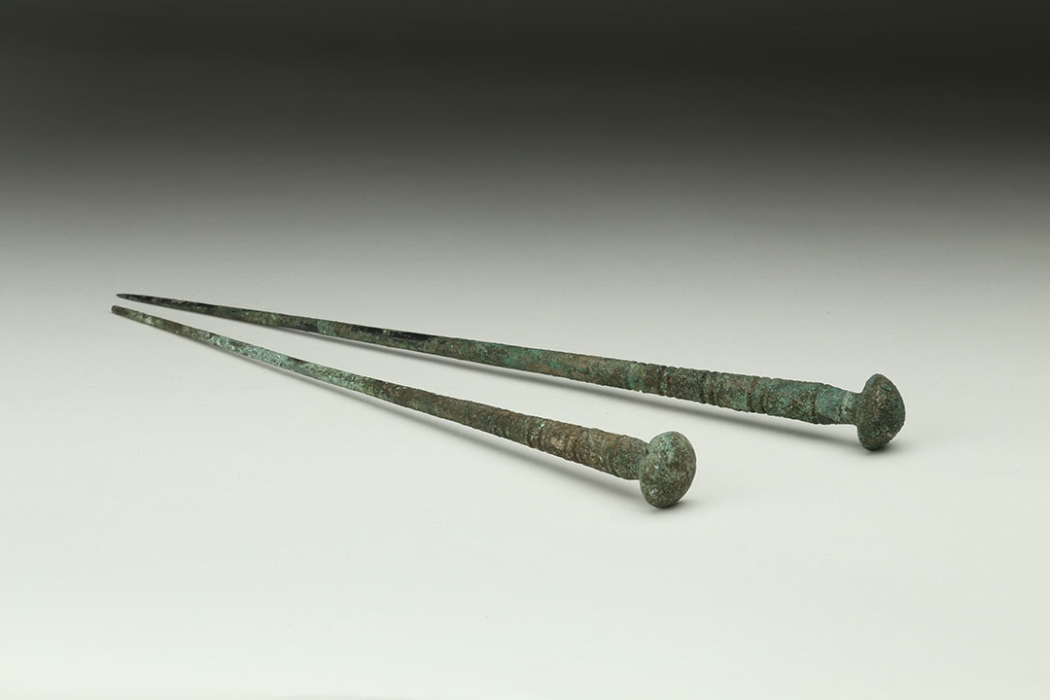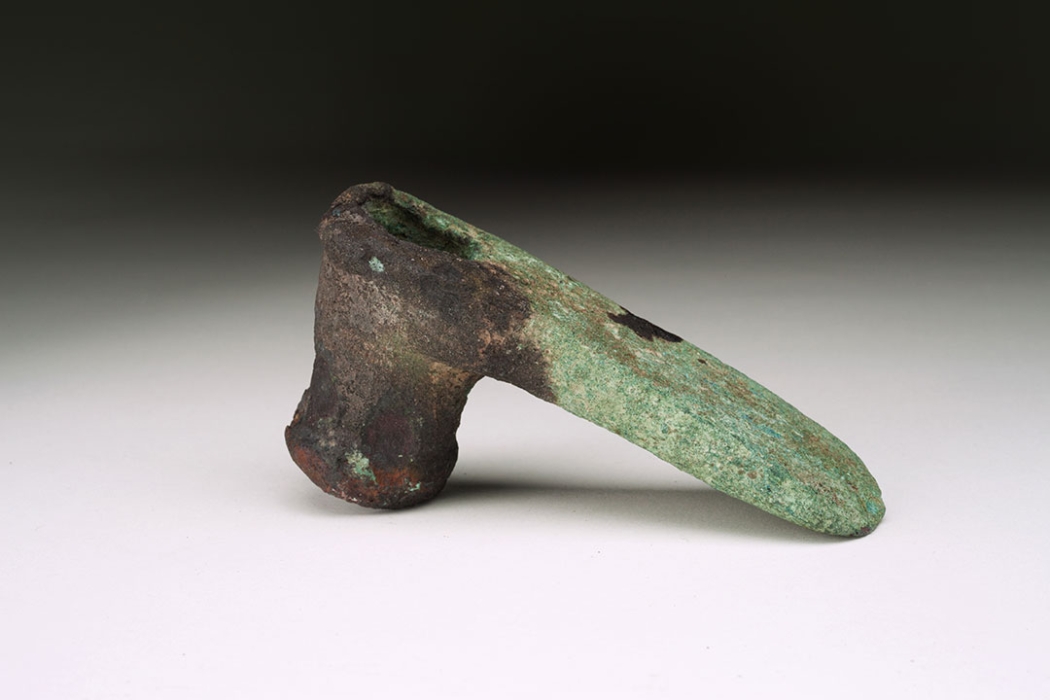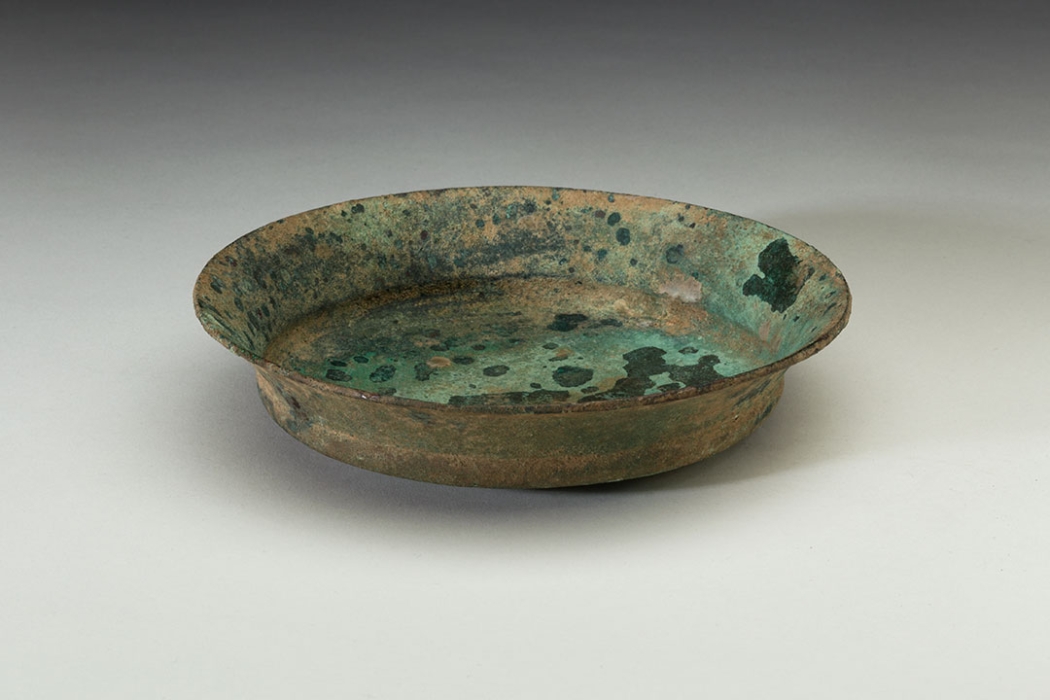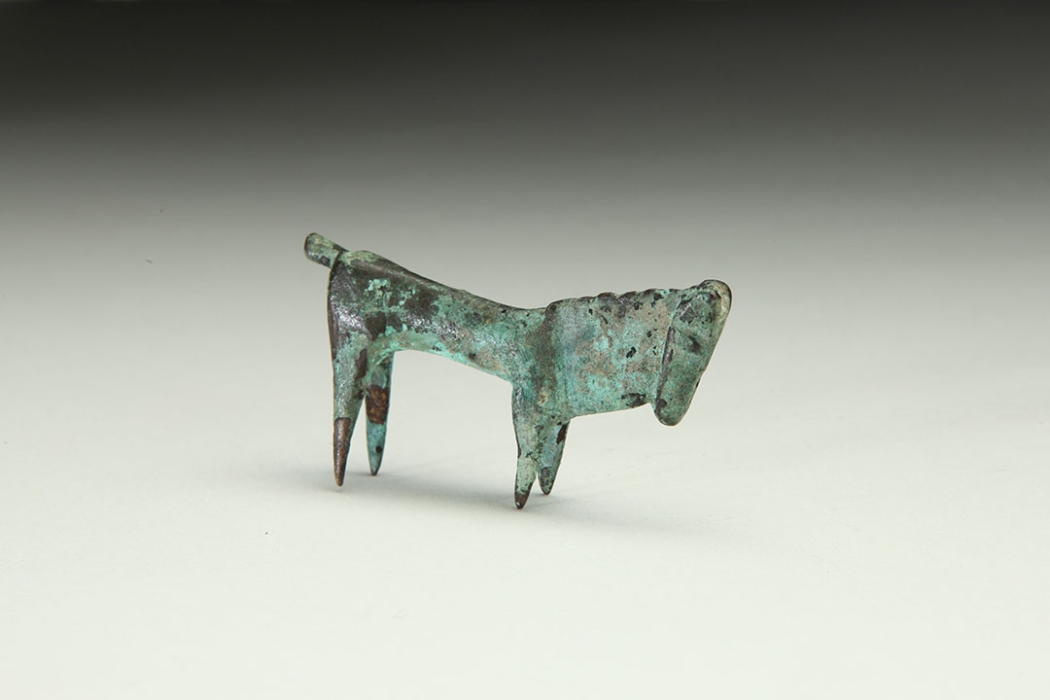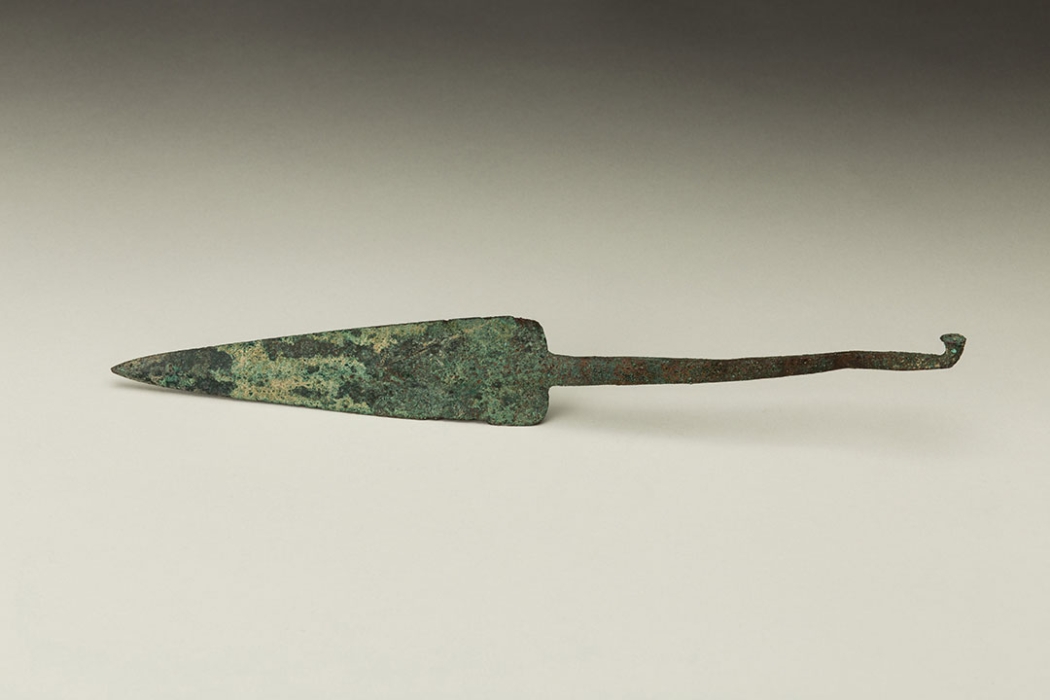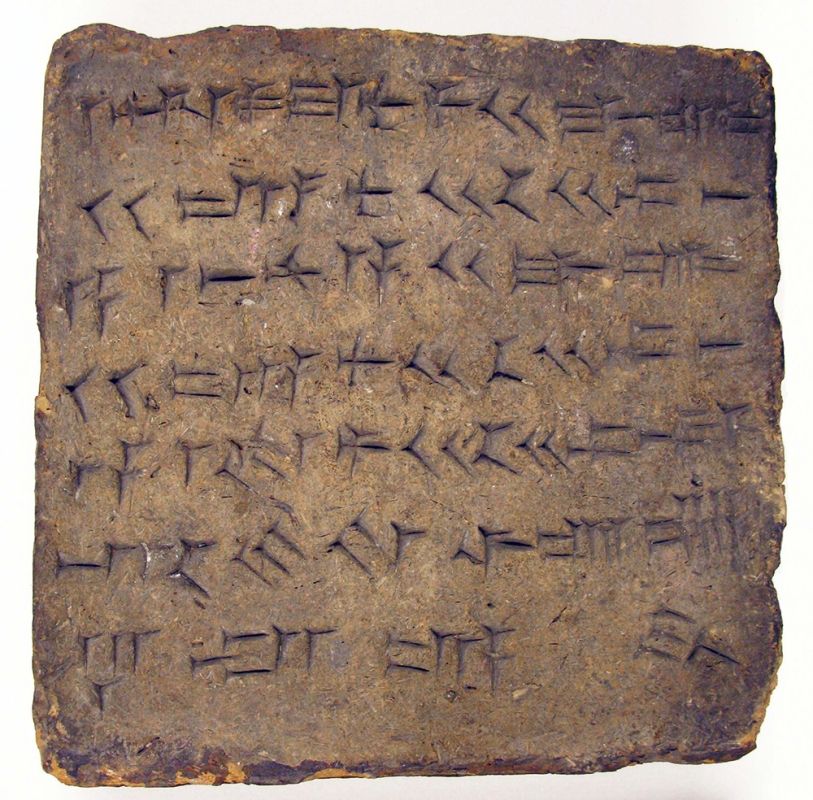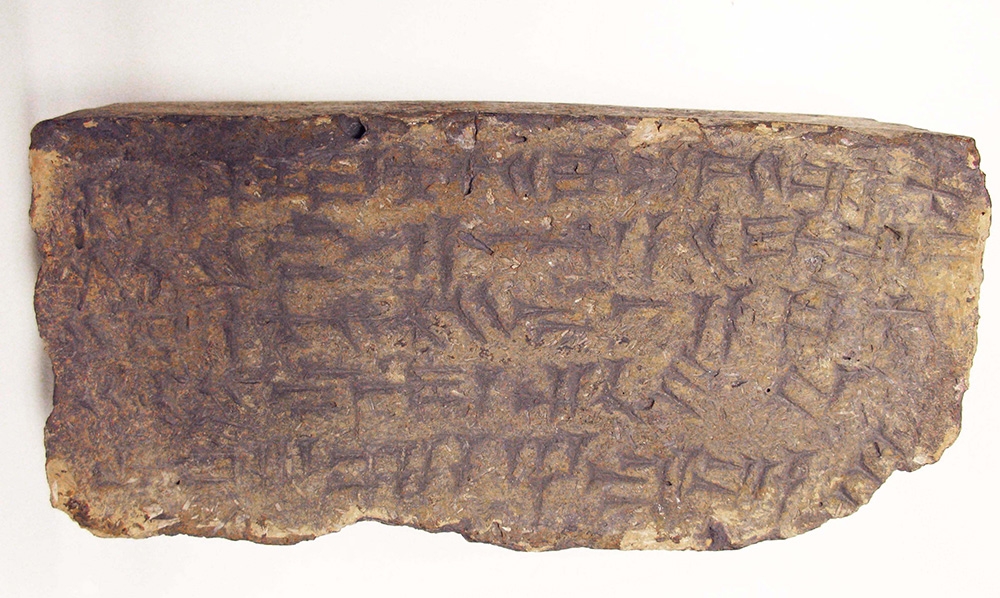Acquired in the early 1960s by Carl George, Professor Emeritus of Biology at Union College, and his wife, Gail George, in Beirut, Republic of Lebanon. According to George, the glassware originated from a Bedu tribesman visiting from Tell Maenas (Minas), a village in the northwest Syrian desert. The glass comes from graves “discovered” in some manner by the people of village and the regional Bedu (migratory peoples)
Many pieces from this collection are unguentaria, or vessels used for the application of body oils. They are hand-blown or molded, and a pontil mark is commonly evident on the foot. The patina is usually iridescent and thinly layered.


